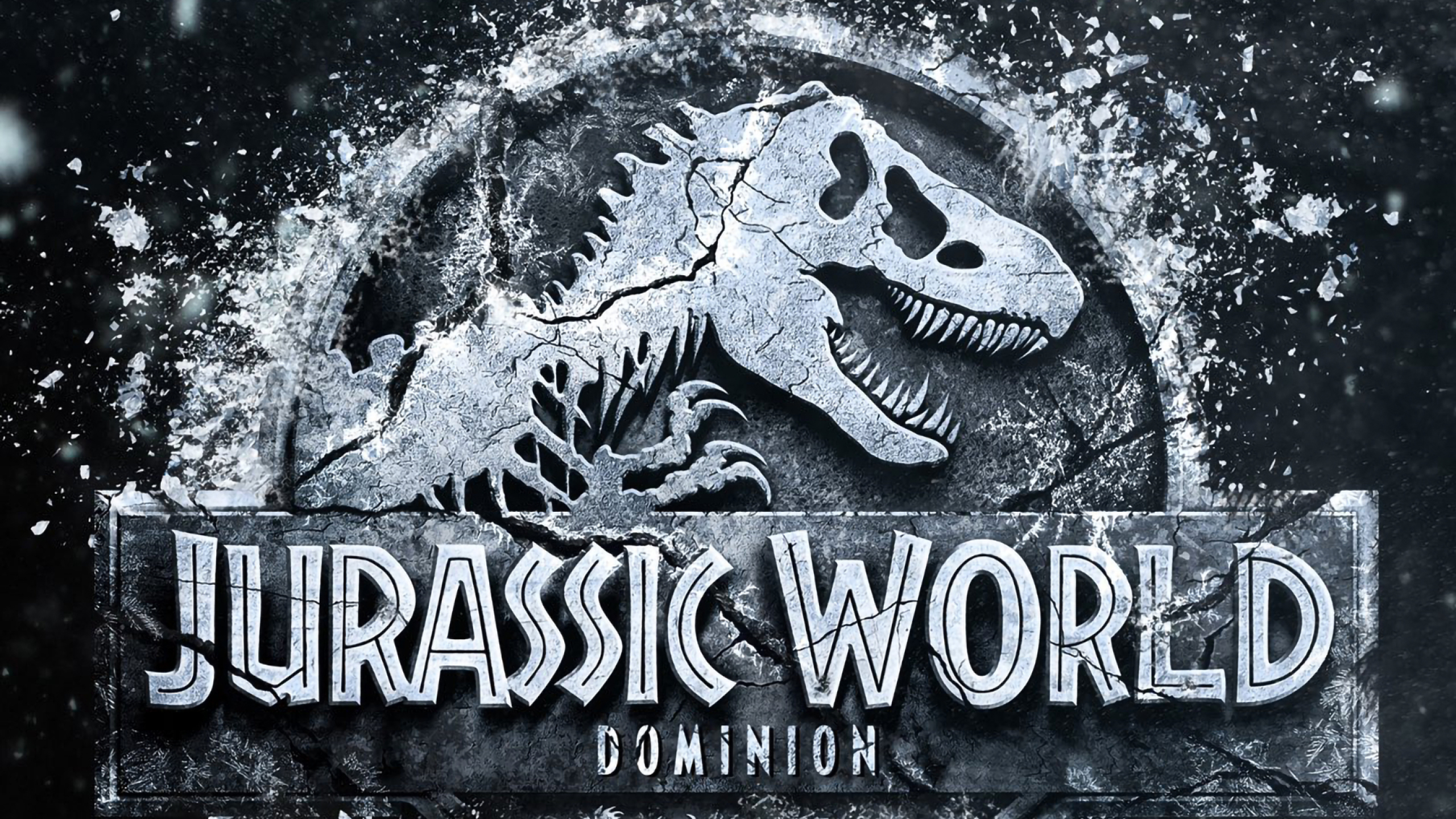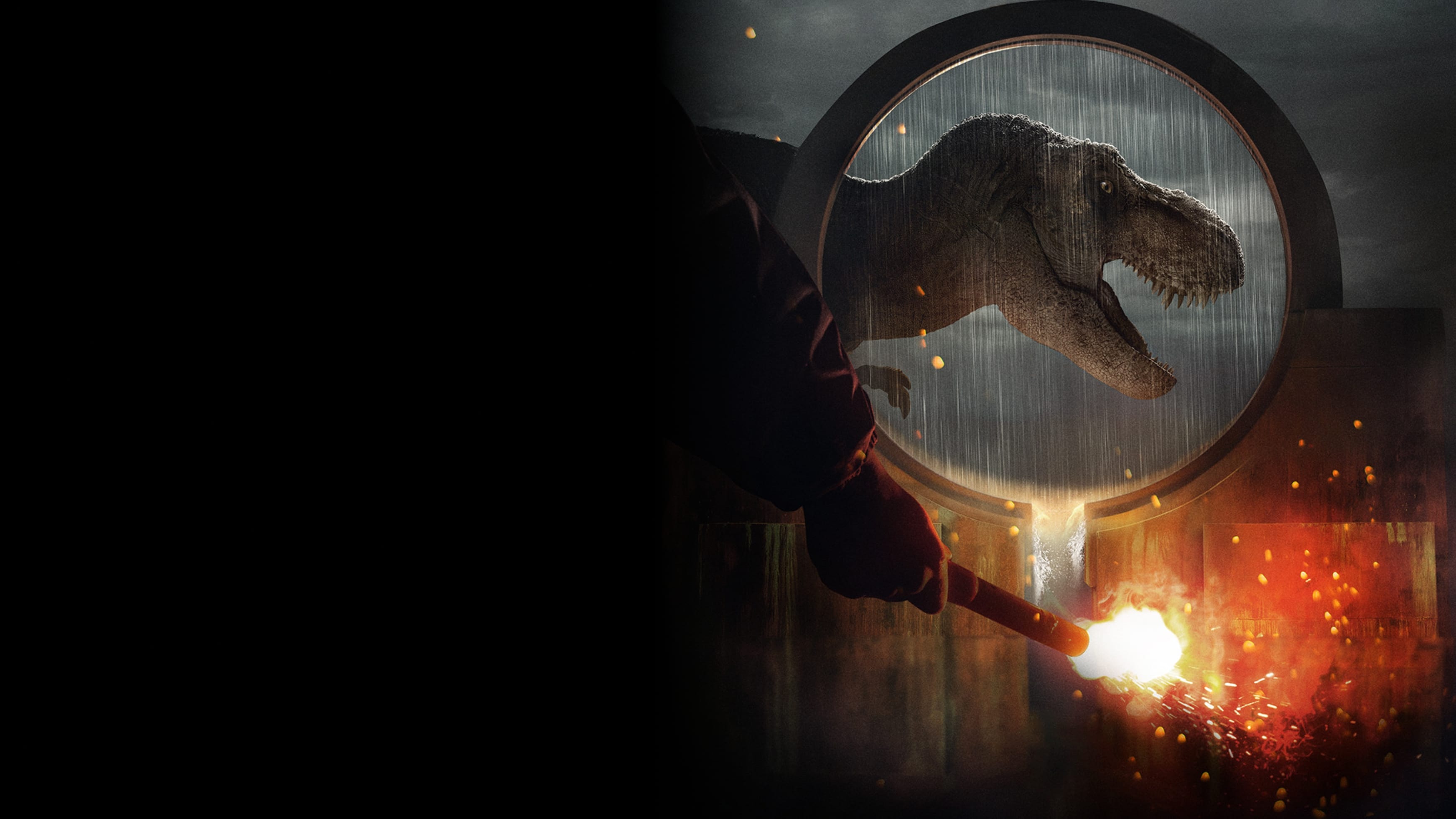

Their DNA can be adjusted to give the animals unique traits, such as resillience towards a certain kind of disease. To incubate a prehistoric animal, the player must first extract their DNA from their fossils.

The scientists recruited offer different gameplay benefits, but overworked and disgruntled workers will sabotage the park and intentionally let the animals escape. Players need to build various facilities and recruit scientists for research and incubating the prehistoric species.

The terrain tool has been completely reworked, with players needing to plant the appropriate trees and shrubs for the herbivores to eat. When compared with its predecessors, the game features a more complex artificial intelligence for the prehistoric species, which will now hunt in packs and interact with others more frequently and realistically. Their territories are constantly shifting depending on the resources available in their habitat. The game features a dynamic territory system which sees animals combating against each other for resources if they live in the same habitat. These animals have different needs, such as the type of food they eat and the extent of forestation they require in their habitat, that must be met to keep them healthy and satisfied. Players need to build enclosures, aviaries, and lagoons to contain these animals for visitors’ viewing. The game features more than 75 prehistoric species, including various dinosaurs, pterosaurs, and marine reptiles. Similar to the first game, Evolution 2 is a business simulation in which the player constructs a Jurassic World prehistoric theme park.


 0 kommentar(er)
0 kommentar(er)
